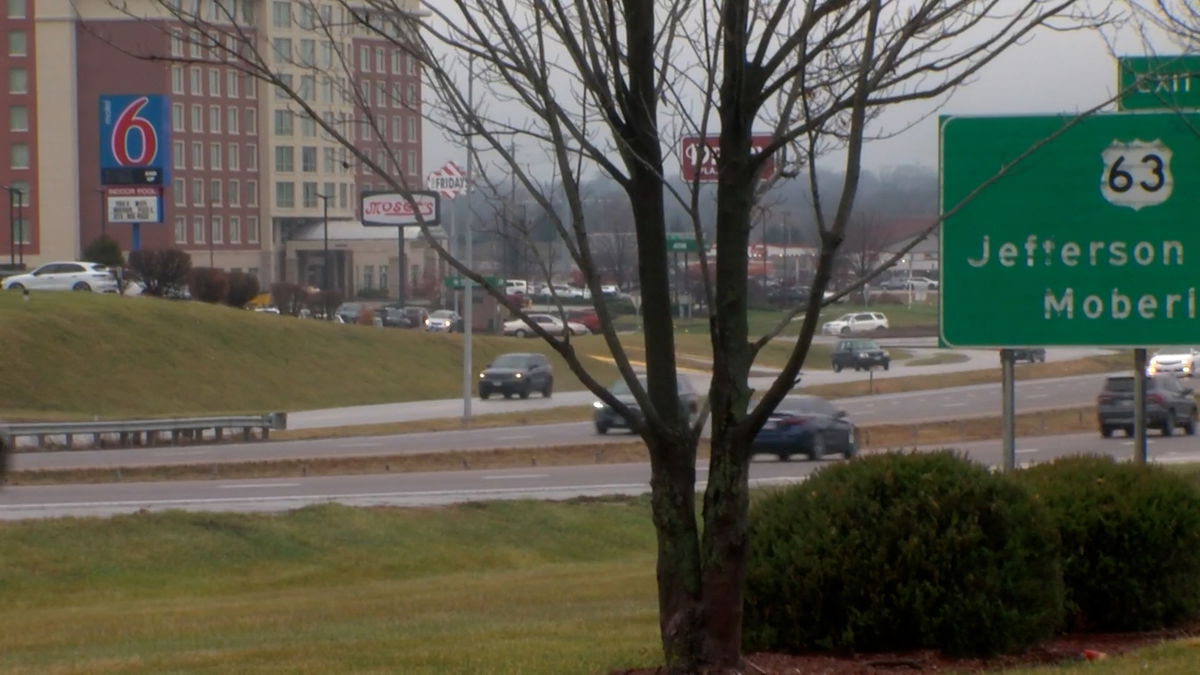World
World’s first nuclear fusion power plant being built in Virginia

What’s New
Commonwealth Fusion Systems (CFS), a spinout from Massachusetts Institute of Technology, announced plans on Tuesday to build the world’s first grid-scale commercial nuclear fusion power plant in Chesterfield County, Virginia.
The ARC, (Affordable, Robust, Compact) fusion reactor plant will be located at the James River Industrial Park and aims to revolutionize clean energy production.
“This is a historic moment,” Bob Mumgaard, Chief Executive Officer and co-founder of CFS, said in a statement. “In the early 2030s, all eyes will be on Chesterfield County as the birthplace of commercial fusion energy.”
The plant is expected to generate 400 megawatts of electricity, enough to power approximately 150,000 homes or large industrial facilities.
mesh cube/Getty
What is Nuclear Fusion?
Nuclear fusion is the process of combining two light atomic nuclei to form a heavier one, releasing vast amounts of energy. This process powers the sun and other stars, occurring in a state of matter known as plasma—a hot, charged gas distinct from solids, liquids and gases.
Unlike nuclear fission, which splits heavy nuclei like uranium and is currently used in nuclear power plants, fusion offers several advantages.
It produces significantly more energy per unit of fuel—and four million times more per kilogram than burning coal, according to the International Atomic Energy Agency—and avoids long-lived radioactive waste.
Fuel for fusion—isotopes of hydrogen like deuterium and tritium—is abundant, with deuterium derived from seawater and tritium potentially generated using lithium.
Fusion is inherently safe, as reactions only occur under precise conditions. If these conditions are not met, the reaction stops, eliminating the risks of runaway scenarios like those seen in fission-based disasters such as Chernobyl.
Despite its promise, fusion requires extremely high temperatures and pressure to overcome the natural repulsion between atomic nuclei, a challenge that has taken decades of research to address.
In 2022, scientists achieved a historic milestone by generating more energy from fusion than was required to initiate the reaction—a feat over 70 years in the making. Yet, significant obstacles remain.

Commonwealth Fusion Systems
Brian Appelbe, a research fellow at the Centre for Inertial Fusion Studies at Imperial College London who is not affiliated with the project, highlighted two major hurdles: maintaining the stability of the fusion process and converting the resulting energy into practical use.
“Fusion fuel is in the form of plasma. That’s just a ball of isotopes of hydrogen that’s at temperatures hotter than the center of the sun,” Appelbe told Newsweek. “And the problem is, when you make something that hot, it just wants to fly apart.”
In stars, the immense gravitational forces counteract this tendency, holding the plasma together. “What we’re trying to do on Earth is find ways to confine small amounts of this incredibly hot plasma,” Appelbe said.
Even if confinement is achieved, the task of harnessing the energy remains daunting.
“In these reactors, energy comes out in the form of charged particles and high-energy neutrons. The charged particles stay in the hot plasma, and the neutrons are the things that come out,” Appelbe said.
The neutrons fly out at extremely high speeds, and so engineers must find ways to convert their kinetic energy into heat that could be used to drive steam turbines.
CFS has yet to construct its demonstration reactor, SPARC (short for “smallest possible ARC”), which is slated to come online in 2027.
Applebe believes that SPARC will be the critical litmus test for CFS’s ambitious goal of delivering a commercial fusion power plant by the early 2030s.

Commonwealth Fusion Systems
How is Nuclear Energy Produced?
Nuclear energy harnesses Einstein’s famous equation, E = mc², where energy is derived from the “mass defect”—the difference in mass before and after nuclear reactions.
In both fusion and fission, this small mass difference translates into vast energy releases due to the speed of light (the ‘c’ in the equation) squared being a massive multiplier.
Fusion reactors like ARC will generate electricity by using the energy released during reactions to heat water into steam, which then drives turbines—much like traditional power plants. However, the key challenge lies in effectively harnessing the fast-moving neutrons produced by the reaction to convert their energy into usable heat.
Do Nuclear Power Plants Pollute?
Nuclear power plants, whether based on fission or fusion, do not emit greenhouse gases like carbon dioxide, making them a green energy source.
However, fission plants generate nuclear waste that remains hazardous for millions of years, requiring meticulous storage. Fusion, on the other hand, produces no long-lived waste. The primary byproduct is helium, a harmless inert gas.
Fusion plants also manage radioactive tritium in a closed circuit, minimizing environmental risks. Tritium has a short half-life and is used in small amounts, ensuring it poses no long-term danger.
Do you have a tip on a science story that Newsweek should be covering? Do you have a question about nuclear fusion? Let us know via science@newsweek.com.









